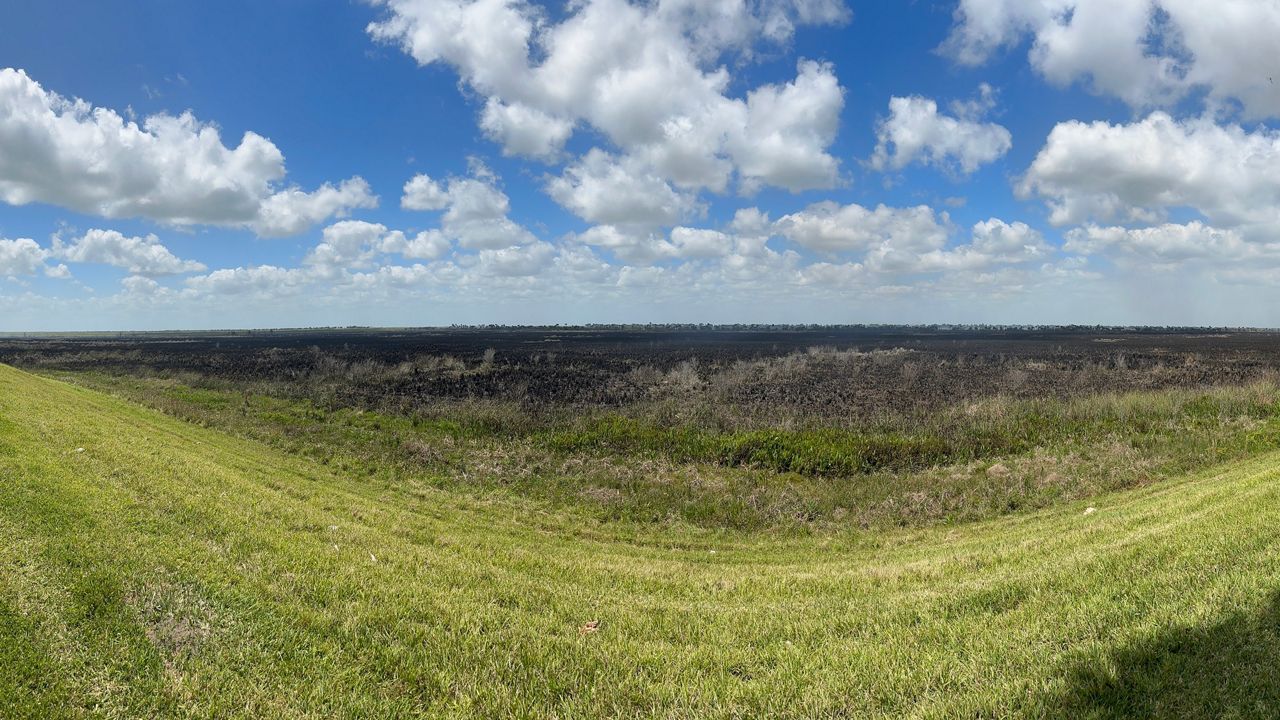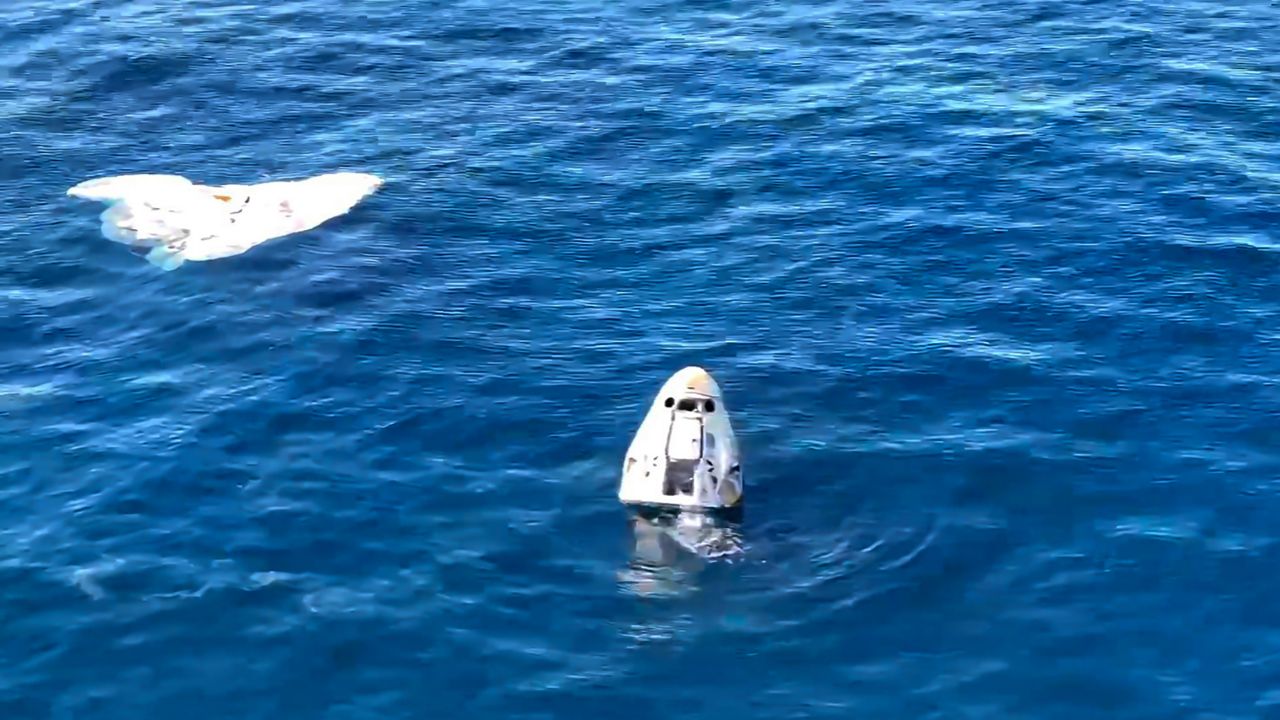After a lengthy test campaign that began with its first rollout back in March, NASA announced Monday that not only are the Space Launch System rocket and Orion spacecraft ready to return to the pad to prepare for launch, they’re doing so ahead of schedule.
What You Need To Know
- The Space Launch System rocket and Orion spacecraft are finally ready to head to the launch pad
- Rollout is targeting Aug. 16 at 9 p.m. EDT at the earliest
- NASA officials said they are still on track for an Aug. 29 launch date for the Artemis I mission
The components that make up the Artemis I mission will start rolling out from the Vehicle Assembly Building as early as Tuesday at 9 p.m. EDT. NASA is still aiming to launch the massive rocket on Monday, Aug. 29.
The announcement also stated that officials had completed testing of the flight termination system (FTS), which the last big milestone that had to be finished while the rocket was nestled inside the VAB.
NASA describes the FTS as a system required for all rockets lifting off from the Eastern Range. It allows Space Launch Delta 45 to “terminate the flight if necessary.” The first test of the system came prior to the beginning of the wet dress rehearsal campaign back in February 2022.
There had been some questions about how the FTS would come into play as a potentially limiting factor with the upcoming launch opportunities (Aug. 29, Sept. 2 and Sept. 5).
During a July media briefing on the mission, Cliff Lanham, the senior vehicle operations manager for NASA’s Exploration Ground Systems, said that testing on the FTS system is required 15 days leading up to the launch, which starts a countdown clock of sorts.
He noted at the time that there was also another requirement that stated that a launch needs to take place only 20 days after that test is completed. With the FTS testing wrapping up on Sunday, that requirement would have prevented NASA from taking advantage of all three launch opportunities, if needed.
Fortunately for the launch team, they agreed with SLD 45 to extend the FTS validation from 20 to 25 days, allowing all three launch opportunities to be valid. NASA officials also noted that this waiver from the U.S. Space Force will extend through all Artemis I launch attempts.
What comes next?
With these last big checkouts in the VAB now completed, EGS rolled the massive crawler-transporter 2 to High Bay 3, where the SLS rocket stood patiently waiting.
High-speed time lapse of the crawler-transporter 2 approaching High Bay 3 just now. In just a bit we will be offering a short live presentation of the roll into the Vehicle Assembly Building on Facebook at https://t.co/toAgAIB9cv pic.twitter.com/SIGIIrHB6j
— NASA's Exploration Ground Systems (@NASAGroundSys) August 15, 2022
Starting Tuesday night, Mobile Launcher 1 and its precious cargo will be taken out to the pad at Launch Complex 39B where crews will go through final checkouts ahead of the Aug. 29 launch attempt.
The historic launch will be witnessed by hundreds of thousands in person and millions around the world. On Monday, the city of Cape Canaveral told residents in a Facebook post that the Brevard County Emergency Operations Center was expecting somewhere between 100,000 to 200,000 people to be in the area to watch the rocket take flight.
Artemis I will be the first of a series of increasingly complex mission that will not only take humans back to the moon, but pave the way for a lunar base and future Mars exploration.









